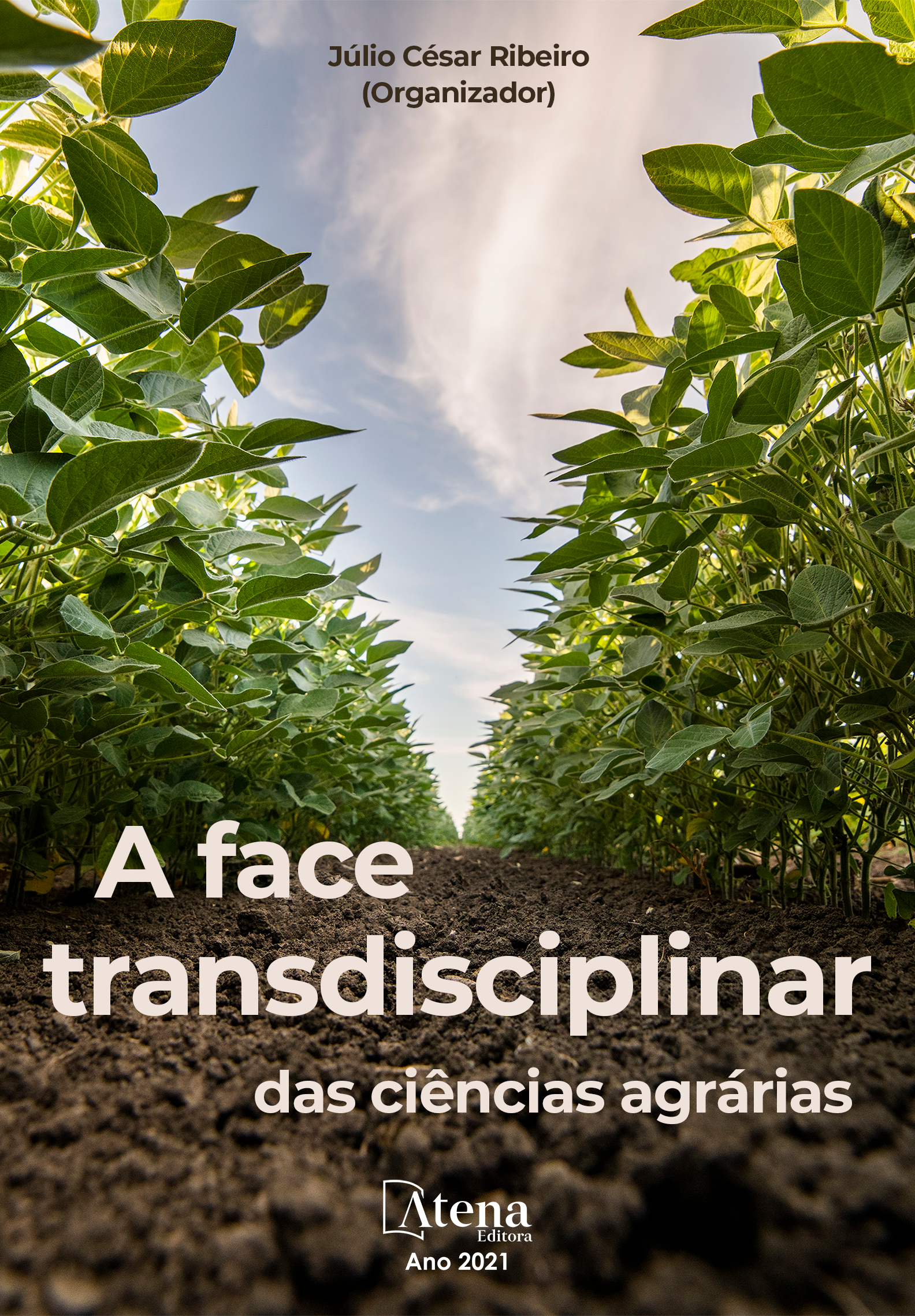
INFLUÊNCIA DA MISTURA DE HERBICIDAS 2,4D E GLIFOSATO NO DESENVOLVIMENTO DA CULTURA SOJA
A cultura da soja (Glycine max) possui grande valor econômico, o seu manejo inadequado de plantas daninhas, podem limitar o rendimento. O objetivo deste trabalho foi avaliar a interferência do herbicida 2,4D associado ao glifosato no desenvolvimento e produtividade da soja. O experimento foi instalado na fazenda Romava no município de Porto Nacional – TO com as coordenadas geográficas latitude -10.914434 longitude -48.316967, sendo testados 4 tratamentos: T1- Glifosato 2L.ha-1 +2,4D 0,75L.ha-1 ; T2- Glifosato 2L.ha-1 +2,4D 1,5L.ha-1 ; T3- Glifosato 2L.ha-1 +2,4D 3,0 L.ha-1 ;testemunha com aplicação de Glifosato 2L.ha-1 . As aplicações foram realizadas em diferentes épocas: 14, 7, 5, 0 e 1 dia após a semeadura. Utilizou-se sementes da variedade M 8644 IPRO, semeadas em parcelas de 5 m de comprimento com 3 linhas de semeadura, espaçamento entre linhas de 50 cm, e total de 60 parcelas. A emergência de plantas mostrou que o T3 e a época de 1 D.A.S., uma taxa de germinação menor em relação aos demais. Para da altura de plantas, que apresentou menores médias para os tratamentos aplicados 1 dia após o plantio. Na determinação dos pesos, as melhores médias foram nas épocas de 14, 7 e 5 dias de aplicação antes do plantio, não havendo diferença entre os tratamentos, enquanto nas épocas de 0 e 1 dia após o plantio, o T2 e T3 tiveram médias menores. Houve redução da produtividade com aplicação dos tratamentos 0 e 1 dia após o plantio em relação a 14, 7 e 5 dias antes do plantio.
INFLUÊNCIA DA MISTURA DE HERBICIDAS 2,4D E GLIFOSATO NO DESENVOLVIMENTO DA CULTURA SOJA
-
DOI: 10.22533/at.ed.91721100815
-
Palavras-chave: interferência; agroquímicos; produtividade
-
Keywords: Concentration; nitrogenous, degraded pasture
-
Abstract:
The soybean crop (Glycine max) has great economic value, its inadequate management of weeds can limit yields. The objective of this work was to evaluate the interference of the herbicide 2,4D associated with glyphosate in the development and productivity of soybeans. The experiment was installed in Romava farm in the municipality of Porto Nacional - TO with the geographical coordinates latitude -10.914434 longitude -48.316967, being tested 4 treatments: T1- Glyphosate 2L.ha-1 +2.4D 0.75L.ha-1 ; T2- Glyphosate 2L.ha-1 +2.4D 1.5L.ha-1 ; T3- Glyphosate 2L.ha-1 +2.4D 3.0 L.ha-1 ;witness with application of Glyphosate 2L.ha-1 . The applications were made at different times: 14, 7, 5, 0 and 1 day after sowing. Seeds of the variety M 8644 IPRO were used, sown in 5 m long plots with 3 sowing lines, inter-row spacing of 50 cm, and a total of 60 plots. The emergence of plants showed that the T3 and the time of 1 D.A.S., a lower germination rate compared to the others. For plant height, which showed lower averages for the treatments applied 1 day after planting. In the determination of the weights, the best averages were in the periods of 14, 7 and 5 days of application before planting, with no difference between the treatments, while in the periods of 0 and 1 day after planting, T2 and T3 had lower averages. There was a reduction in productivity with the application of the treatments 0 and 1 day after planting in relation to 14, 7 and 5 days before planting.
-
Número de páginas: 14
- Wendel Cabral Mendes
- LUIS FROES MICHELIN


